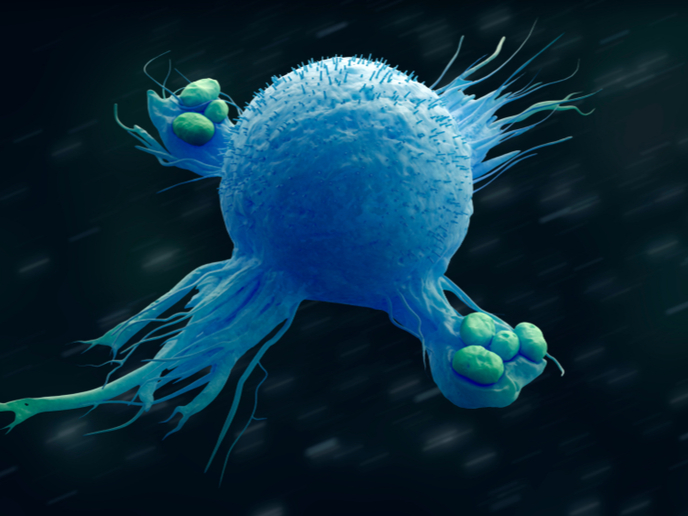Understanding the mechanics of sleep
There’s nothing quite like a good night’s sleep. Yet even though we spend an average of one third of our lives sleeping, we actually know very little about the process – including why we need it and how the body regulates it. “We know that sleep is an essential, commonplace state that involves a reversible loss of consciousness,” says Wei Ba, a Marie Skłodowska-Curie Actions fellow(opens in new window) and researcher at the Imperial College of Science, Technology and Medicine(opens in new window). “However, the precise regulatory mechanisms underlying sleep remain elusive, particularly at the circuitry level(opens in new window).” With the support of the EU-funded DNCSS project, Ba is conducting research to better understand how the brain controls sleep at the circuit level.
Hitting snooze
When it comes to snoozing, mammals are remarkably similar. According to Ba, sleep in mammals consists of two phases: rapid eye movement(opens in new window) (REM) sleep and non-rapid eye movement(opens in new window) (NREM) sleep. By studying the brain activity, molecular biology, and general behaviour of mice during both phases, Ba successfully identified a novel REM-specific circuit in the mammalian brain. “This discovery significantly advances our understanding of the fundamental mechanism of REM sleep,” explains Ba. “It also offers a unique opportunity to uncover new biological functions of REM sleep by targeting this specific circuit.” Another important outcome of the project involves NREM sleep. “For the first time, we captured sleep-pressure-responding neuronal ensembles(opens in new window) located in the brainstem in vivo and described their regulatory role in NREM sleep and in how we recover from sleep deprivation,” notes Ba. Sleep pressure is the biological response that makes us want to go to sleep. Researchers also observed that sleep-regulating neurons(opens in new window) located in the midbrain(opens in new window), also called the brainstem, contribute to psychiatric illness. “This finding indicates that insufficient sleep may change the set point for normal mental and physical activity and could lead to manic-like behaviours,” adds Ba.
The recipe for a good night’s sleep
The DNCSS project has greatly expanded the mapped neuronal network of sleep regulation. “Sleep-controlling neurons are not restricted to such traditional sleep-regulating centres as the hypothalamus(opens in new window) or brainstem,” says Ba. “They can be found in various regions of the brain – which seems to be the recipe for a good night’s sleep.” Ba plans to continue to analyse whether and how these hubs modulate sleep under various conditions. This research could lay the basis for treating acute or chronic sleep disturbances, including dementia. “It has long been known that dementia patients exhibit sleep disturbances at an early stage,” concludes Ba. “By monitoring and comparing the neuronal circuits identified in this project, we hope to better understand how sleep is affected in dementia and whether poor sleep exacerbates the disease.”







